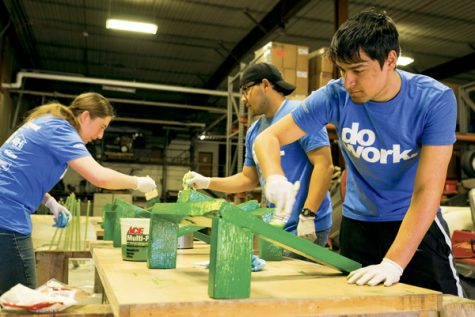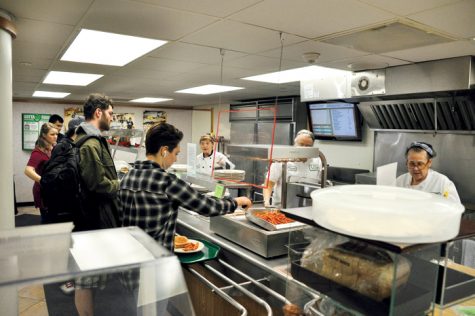NTSB releases findings of investigation into train accident
February 18, 2017
Several days ago, the National Transportation Safety Board (NTSB) released the determined cause of the collision and derailment of two BNSF trains in 2013, near the town of Casselton, N.D.
A car in the middle of a westbound grain freight train derailed into the path of an eastbound crude oil train. The subsequent collision caused the locomotives and 20 oil cars to derail. 18 of the tanker cars ruptured and spilled 400,000 gallons of crude oil, which caught fire, prompting an evacuation of 1,400 residents of nearby Casselton, located 20 miles west of Fargo.
Fortunately, none of the train crews were injured in the accident, nor were any injuries reported in Casselton.
According to the NTSB, the probable cause of the collision was a faulty axle on the 45th car of the 112-car long grain train, which failed and caused the car to derail in the path of the 106-car long oil train. The wheels of the grain car had been remounted in 2010, and the NTSB said more thorough inspection would have detected the defect and prevented the accident.
“The fact remains that trains carrying flammable liquids in DOT-111 tank cars continue to roll through America’s towns and cities. Progress toward removing or retrofitting DOT-111s has been too slow.”
— Christopher A. Hart
Aside from the faulty axle, NTSB investigators also scrutinized the DOT-111 tanker cars carrying the crude oil. The accident came six months after the Lac-Mégantic disaster in Quebec, where 74 of the tanker cars derailed in the middle of the town, killing 47 in the ensuing inferno.
DOT-111 tank car walls are less than half an inch thick, and the NTSB has listed them as one of their most wanted list of safety improvements.
“The fact remains that trains carrying flammable liquids in DOT-111 tank cars continue to roll through America’s towns and cities,” NTSB Chairman Christopher A. Hart said. “Progress toward removing or retrofitting DOT-111s has been too slow.”
The deadline for replacing DOT-111 tank cars with stronger and safer cars extends to 2029, according to the NTSB. Despite this deadline, BNSF has made steps in improving safety of their rolling stock.
“Since 2011, BNSF advocated for a new, stronger tank car standard and has worked with our customers to get safer tank cars into service sooner,” BNSF spokeswoman Amy McBeth said through BNSF’s statement on the accident.
“There are no legacy DOT-111 tank cars moving in crude oil unit trains on our network,” McBeth said.
According to the Grand Forks Fire Department, no tanker cars filled with crude oil use the rail yard in the center of the city, however, DOT-111 cars can be seen in the yard, and may be filled with other hazardous materials.
BNSF trackage in eastern North and South Dakota, Wisconsin, Minnesota and Manitoba are operated by the Twin Cities Division, headquartered in Minneapolis. When last inventoried in 2007, BNSF had over 40,000 employees, 6,400 locomotives and over 85,000 rail cars.
Connor Johnson is a staff writer for The Dakota Student. He can be reached at [email protected]





